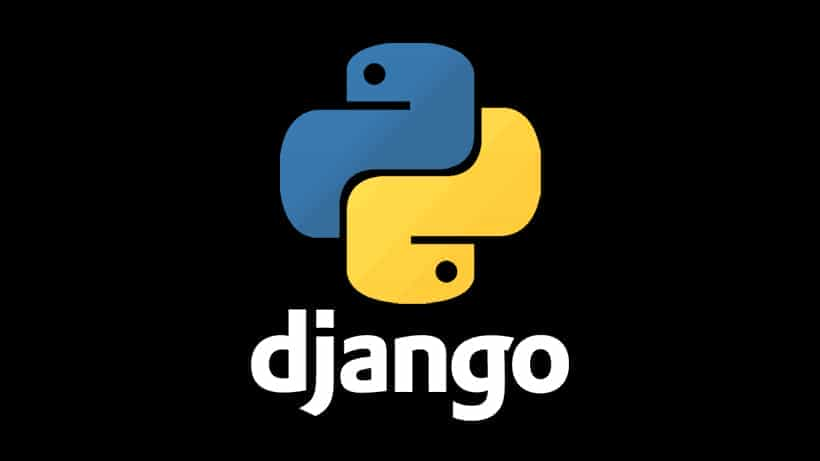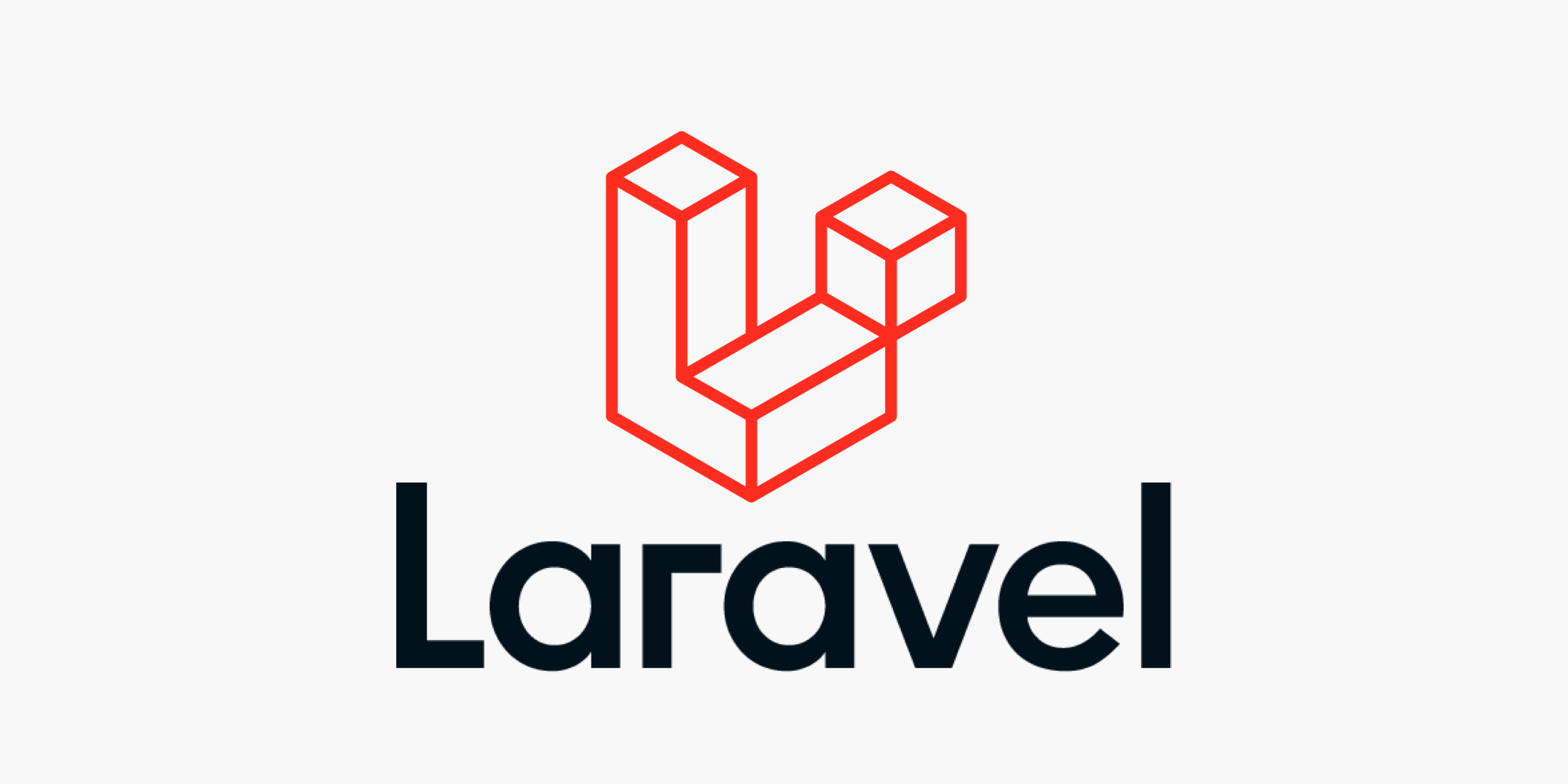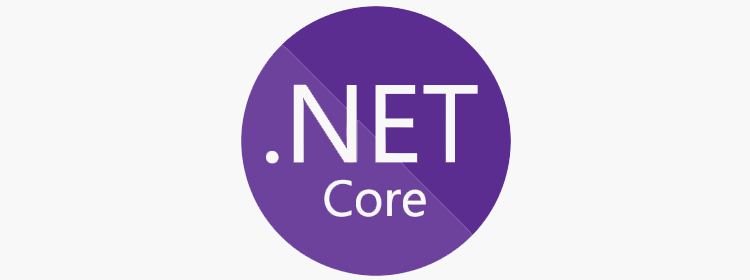Hey there, fellow developers! If you’ve ever been lost in the maze of backend frameworks, you’re not alone. With 2025 already upon us, it's time to dive into backend frameworks that are making waves this year. Whether you're building the next big social media app, a robust e-commerce platform, or just tinkering around, there’s something here for you. Let’s break it down!
1. Express.js (Node.js)

Express.js, built on Node.js, is a minimalist and flexible framework for building web applications and APIs. It’s known for its speed and scalability, making it a top choice for developers aiming to create fast and efficient server-side applications using JavaScript.
Why It’s Awesome:
- Speed: Built on Node.js, Express.js leverages its non-blocking I/O and event-driven architecture, making it incredibly fast for handling numerous simultaneous connections. This makes it perfect for real-time applications, such as chat apps or live updates.
- Popularity: With a massive community, there’s an abundance of resources, tutorials, and third-party middleware available. This means you’re never alone if you hit a snag—someone’s likely had the same issue and solved it.
- Simplicity: Express.js is minimalist, providing just the essentials and allowing developers to add features through middleware. This keeps your application lightweight and gives you control over what functionalities you include.
2. Django (Python)

Django is a high-level Python web framework that encourages rapid development and clean, pragmatic design. It comes with a “batteries-included” philosophy, providing developers with everything they need to build web applications from scratch
Why It’s Awesome:
- All-in-One: Django is a high-level framework that includes built-in features such as authentication, ORM (Object-Relational Mapping), and an admin panel. This reduces the need for third-party tools and speeds up development.
- Security: Django follows best security practices, including protection against SQL injection, cross-site scripting, and cross-site request forgery out of the box. This makes it a safe choice for handling sensitive data.
- Scalability: Known for powering high-traffic sites like Instagram, Django can handle a significant load, making it suitable for large-scale applications.
3. Spring Boot (Java)

Spring Boot, based on Java, is designed to simplify the development of production-ready applications. It leverages the Spring ecosystem to provide a robust framework for building scalable and maintainable enterprise applications.
Why It’s Awesome:
- Enterprise-Ready: Spring Boot is designed for building robust, scalable enterprise applications. It’s backed by Spring’s ecosystem, which is trusted by many large organizations.
- Microservices: It offers comprehensive support for microservices architecture, enabling you to build, test, and deploy services independently. Features like Spring Cloud simplify the management of distributed systems.
- Performance: Java’s performance and stability, combined with Spring Boot’s optimizations, ensure high performance for applications, even under heavy load.
4. Ruby on Rails (Ruby)

Ruby on Rails, often referred to simply as Rails, is a web application framework written in Ruby. It follows the principle of Convention over Configuration, making it easy to get started with and allowing developers to focus more on writing code than configuring files.
Why It’s Awesome:
- Convention Over Configuration: Rails favors convention over configuration, meaning it follows standard conventions to reduce decision-making and boilerplate code. This accelerates development and makes the code more consistent.
- Community: A vibrant, active community contributes to a wealth of gems (libraries) and plugins, which can significantly speed up development and add functionality.
- Productivity: Rails is known for its developer-friendly environment that emphasizes productivity and speed. Tools like scaffolding and generators help quickly set up models, views, and controllers.
5. Flask (Python)
Flask is a lightweight microweb framework for Python. It’s designed with simplicity and flexibility in mind, providing developers with the essentials to build web applications without imposing any specific tools or libraries.
Why It’s Awesome:
- Lightweight: Flask is designed to be lightweight and modular, providing the basic tools to build web applications while leaving room for flexibility. It doesn’t impose structure, allowing developers to tailor it to their needs.
- Micro: Ideal for small to medium-sized projects, Flask allows you to start small and scale up, making it a good choice for startups and personal projects.
- Integration: Flask integrates easily with other libraries and tools, giving you the freedom to use the best tools available for different parts of your application.
6. Laravel (PHP)

Laravel is a PHP web framework known for its elegant syntax and developer-friendly environment. It prioritizes developer happiness by offering powerful tools and an expressive syntax that speeds up development without sacrificing flexibility.
Why It’s Awesome:
- Elegant Syntax: Laravel is known for its elegant and expressive syntax, making the code more readable and maintainable. This is particularly beneficial for teams, as it enhances collaboration and reduces misunderstandings.
- Tooling: Laravel comes with built-in tools for common tasks such as routing, authentication, and caching. Tools like Eloquent ORM and Blade templating engine streamline development.
- Community: With a huge ecosystem, Laravel offers a wealth of resources, tutorials, and third-party packages that extend its functionality. The community support makes troubleshooting and finding best practices easier.
7. ASP.NET Core (C#)

ASP.NET Core is a cross-platform framework for building modern, cloud-based, and internet-connected applications. It’s built on top of the .NET platform and offers high performance and scalability for enterprise-grade applications.
Why It’s Awesome:
- Performance: ASP.NET Core is known for its high performance and ability to handle complex applications efficiently. It’s optimized for modern web apps and APIs.
- Cross-Platform: It’s a cross-platform framework, meaning you can run your applications on Windows, macOS, and Linux. This flexibility is great for diverse development environments.
- Tooling: Excellent tooling support through Visual Studio, including debugging, refactoring, and deployment features. This makes the development process smoother and more efficient.
8. Phoenix (Elixir)

Phoenix is a web framework for Elixir, a functional programming language built on the Erlang VM. It’s known for its speed and scalability, making it ideal for building real-time applications that require high concurrency and fault tolerance.
Why It’s Awesome:
- Concurrency: Phoenix leverages the Erlang VM, known for its ability to handle millions of concurrent connections, making it ideal for real-time applications.
- Fault Tolerance: Built on Erlang, it inherits its fault-tolerant capabilities, ensuring high availability and reliability.
- Performance: Phoenix is designed for performance, offering low-latency and high-throughput, which is crucial for real-time features like chat and notifications.
9. NestJS (Node.js)
NestJS is a progressive Node.js framework for building efficient, reliable, and scalable server-side applications. It’s built with TypeScript, adding optional static types to JavaScript, which enhances code quality and developer productivity.
Why It’s Awesome:
- TypeScript: Built with TypeScript, NestJS provides static type checking, making the code more robust and reducing runtime errors. It combines the best of JavaScript and TypeScript.
- Modularity: Offers a modular architecture, allowing you to organize your code into modules and reuse them across your application. This makes it highly scalable and maintainable.
- Versatility: Suitable for building a wide range of applications, from RESTful APIs to GraphQL servers. Its extensive library support means you can quickly add functionalities.
10. Koa.js (Node.js)

Koa.js is a modern web framework for Node.js developed by the creators of Express.js. It’s designed to be smaller, more expressive, and more robust than its predecessor, providing developers with greater control and flexibility in building web applications.
Why It’s Awesome:
- Modern: Developed by the same team behind Express.js, Koa is designed to be a smaller, more expressive, and more robust foundation for web applications and APIs.
- Middleware: Koa uses async functions and a powerful middleware stack, making it more elegant and easier to manage than its predecessors.
- Flexibility: Offers high levels of flexibility and control over the application, without any middleware included by default. This allows developers to create their own architecture.
Final Thoughts
Choosing the right backend framework boils down to your project’s specific needs and your familiarity with the language and tools. Are you building a small personal project or a large enterprise application? Do you need high concurrency or simple RESTful APIs? Each framework has its strengths, and understanding these will help you make the best choice.
And talking about APIs, Apidog is your go-to for your API management needs. Apidog is an integrated collaboration platform for API documentation, API debugging, API mocking, and API automated testing that combines Postman + Swagger + Mock + JMeter to tackle the data synchronization problem among different systems using a set of systems and a set of data. API debugging, API data mocking, and API automated testing can be directly used without redefining as long as the API documentation is well-defined.

So, dive in, experiment with a few, and see which one clicks for your next big project. Happy coding!




